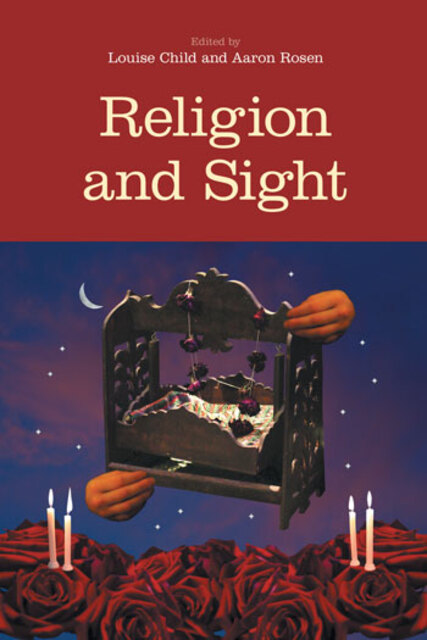Child & Rosen/Religion and Sight, 9. Sacred Landscapes, New Conversations

Full description
From the inception of his work on the Wittenham Clumps (mammiform hills two miles North West of Wallingford in the Sinodun Range, Oxfordshire), Nash challenges his audience to see what is not there. He tests their immediate awareness and sensory appetite to search for the unseen. His art evokes the presence of elusive persons or forces which remain almost unknown and unidentified, even to himself, until shortly before his death. Many of Nash’s landscape paintings offer viewers a different way of looking at nature and objects within the natural world that became increasingly important to him. Although Nash did not like the term ‘spiritual’ applied to his work he struggled to find a term that paralleled it without sounding too religious. He may have fought against the terminology many applied to his work but if he had been around today I am certain he would have acknowledged, and probably liked the idea, that his landscapes were imbued with a Pagan spirit that he both saw and experienced, no more so than at Wittenham. This chapter traces Nash’s visual engagement with the Wittenham landscape as a case study. It explores his pictorial and physical interactions with this sacred landscape which shaped tools for interrogating a world beyond human sight. Following Nash, viewers are challenged and channelled into seeing the world and perhaps the “unseen” differently.
- typeImage
- created on
- file formatjpg
- file size42 KB
- container titleReligion and Sight
- creatorMolly Kady
- isbn9781781797501 (eBook)
- publisherEquinox Publishing Ltd.
- publisher placeSheffield, United Kingdom
- series titleReligion and the Senses
- doi
We use cookies to analyze our traffic. Please decide if you are willing to accept cookies from our website. You can change this setting anytime in Privacy Settings.
